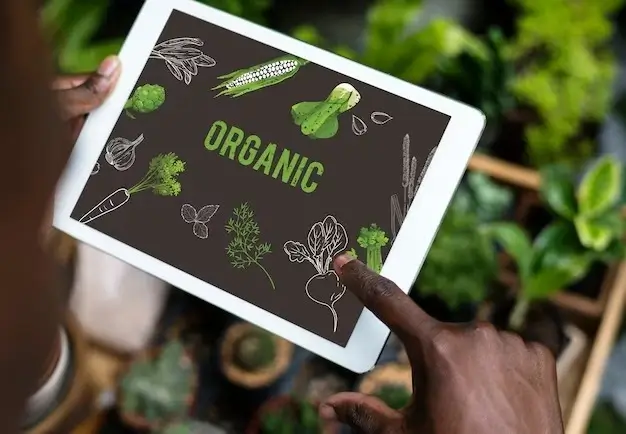In the vast landscape of agriculture, where information can be as abundant as the fields themselves, the need for effective communication is paramount. In this digital age, one tool stands out for its ability to distill complex data into clear, engaging visuals – the infographic.
Join us as we delve into the world of “Visualizing Agriculture” and unravel the power and significance of infographics in conveying agricultural practices and benefits.
Understanding the Importance of Infographics
Why are infographics important in communication?
The answer lies in the way our brains process information. Human brains are wired to absorb visual content faster and more effectively than text alone. Infographics capitalize on this by combining text, images, and design elements to present information in a visually appealing and digestible format.

Decoding Infographics and Their Importance
What is an infographic, and why is it important?
An infographic is a visual representation of information, data, or knowledge intended to present complex information quickly and clearly. In agriculture, where processes, techniques, and benefits can be intricate, infographics serve as visual shortcuts, making information accessible to a broad audience.
Why Infographics are Effective in Agriculture
Why are infographics effective?
The effectiveness of infographics in agriculture stems from several key factors:
- Simplicity and Clarity: Infographics distill complex agricultural concepts into simple, visually appealing graphics. This clarity is invaluable, especially when communicating with diverse audiences, including farmers, policymakers, and consumers.
- Retention of Information: Visuals are remembered more than text. Infographics enhance information retention by combining text with images, creating a memorable and impactful narrative around agricultural practices and benefits.
- Engagement: Infographics are inherently engaging. The combination of colors, shapes, and succinct text draws attention and encourages viewers to explore the content. This engagement is crucial for conveying important messages in agriculture.
- Storytelling: Infographics tell a story. Whether it’s illustrating the lifecycle of a crop, the benefits of sustainable farming, or the impact of agricultural practices on the environment, infographics weave a narrative that resonates with audiences.
Infographics as Visual Communication in Agriculture
What is infographics visual communication?
Infographics in agriculture go beyond mere data representation. They are a form of visual communication that transcends language barriers and educational backgrounds. Infographics allow agricultural information to be accessible to a global audience, fostering understanding and collaboration.

Elevating Agriculture Communication with Infographics
In the vast and diverse world of agriculture, effective communication is a bridge that connects stakeholders and communities. Here’s how infographics elevate agriculture communication:
- Knowledge Transfer: Infographics facilitate the transfer of agricultural knowledge. From illustrating farming techniques to conveying the nutritional benefits of crops, infographics empower individuals with valuable information.
- Advocacy and Awareness: Infographics are potent tools for advocacy. They raise awareness about sustainable farming practices, environmental impact, and the importance of supporting local agriculture, creating informed advocates for the industry.
- Decision Support: Farmers, policymakers, and consumers often need to make decisions related to agriculture. Infographics provide the visual support needed to make informed choices, whether it’s selecting sustainable practices or understanding the nutritional profile of a crop.
Conclusion:
In the dynamic and evolving landscape of agriculture, clear communication is the cornerstone of progress. Infographics, with their power to distill complexity into clarity, play a pivotal role in visualizing agriculture. They bridge gaps, tell stories, and empower individuals with the knowledge needed to make informed decisions for the benefit of our farms, our communities, and our planet.




